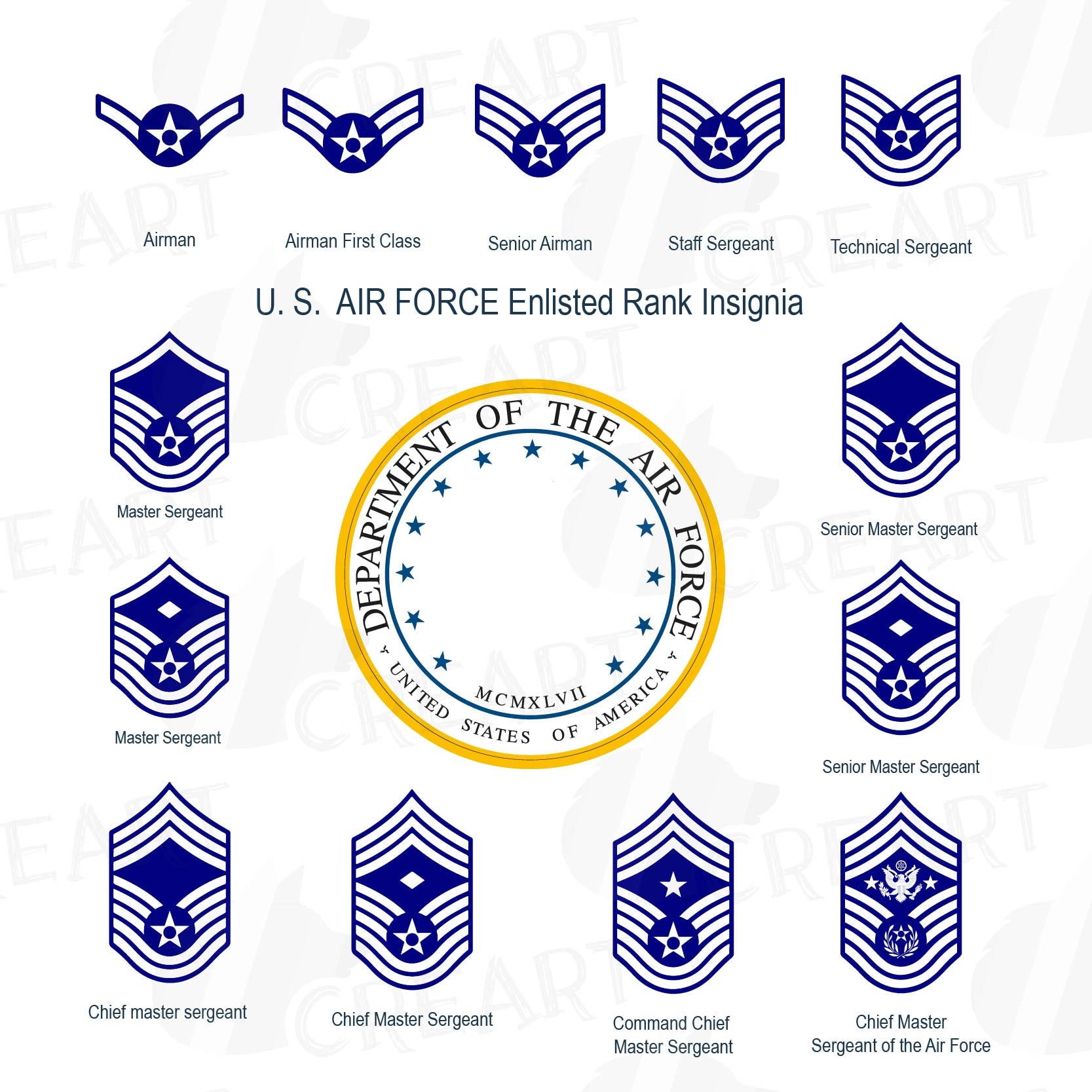
An additional rank and pay grade exists but was last awarded in 1950. The Air Force discontinued its use of the warrant officer ranks, and the Navy and Coast Guard do not use all five ranks/pay grades.Ĭommissioned Officer ranks correspond to 10 pay grades, O-1 through O-10. They are rarely given responsibilities of command, but are expected to lead, train, and advise soldiers on their military skills. Warrant Officers serve as technical experts in their fields.

Warrant Officer ranks correspond to 5 pay grades (or fewer depending on the branch of service), W-1 through W-5. For each branch of service, there is only one E-9 specially appointed to represent all enlisted personnel of that branch nationally, e.g. They serve as se nior represen-tatives of all enlisted soldiers and non-comissioned officers serving under them to commissioned officers at higher echelons of command. Ranks within the E-9 pay grade represent the very highest level of Non-Commissioned Officer/ Chief Petty Officer. They serve in advisory capacities to Commissioned Officers. Senior Non-Commissioned Officers, or Chief Petty Officers in Navy/Coast Guard, are enlisted personnel E-7 through E-9 with command responsi-bilities over lower-ranking enlisted. They are Corporals, Sergeants, and Petty Officers starting at an E-4/5 pay grade through E-6. Non-Commissioned Officers, or Petty Officers in Navy/ Coast Guard, are enlisted personnel with leadership responsibilities over lower-ranking enlisted. They generally have no leadership responsibilities and are often either in initial training status or serving in their first assignment. There are 3 categories of ranks and pay grades:Īll enlisted ranks are contained within 9 pay grades, E-1 through E-9.Į-1 through E-3 (E-4 in Air Force and Specialist/ E-4 in Army) are often referred to as junior or lower enlisted.


 0 kommentar(er)
0 kommentar(er)
